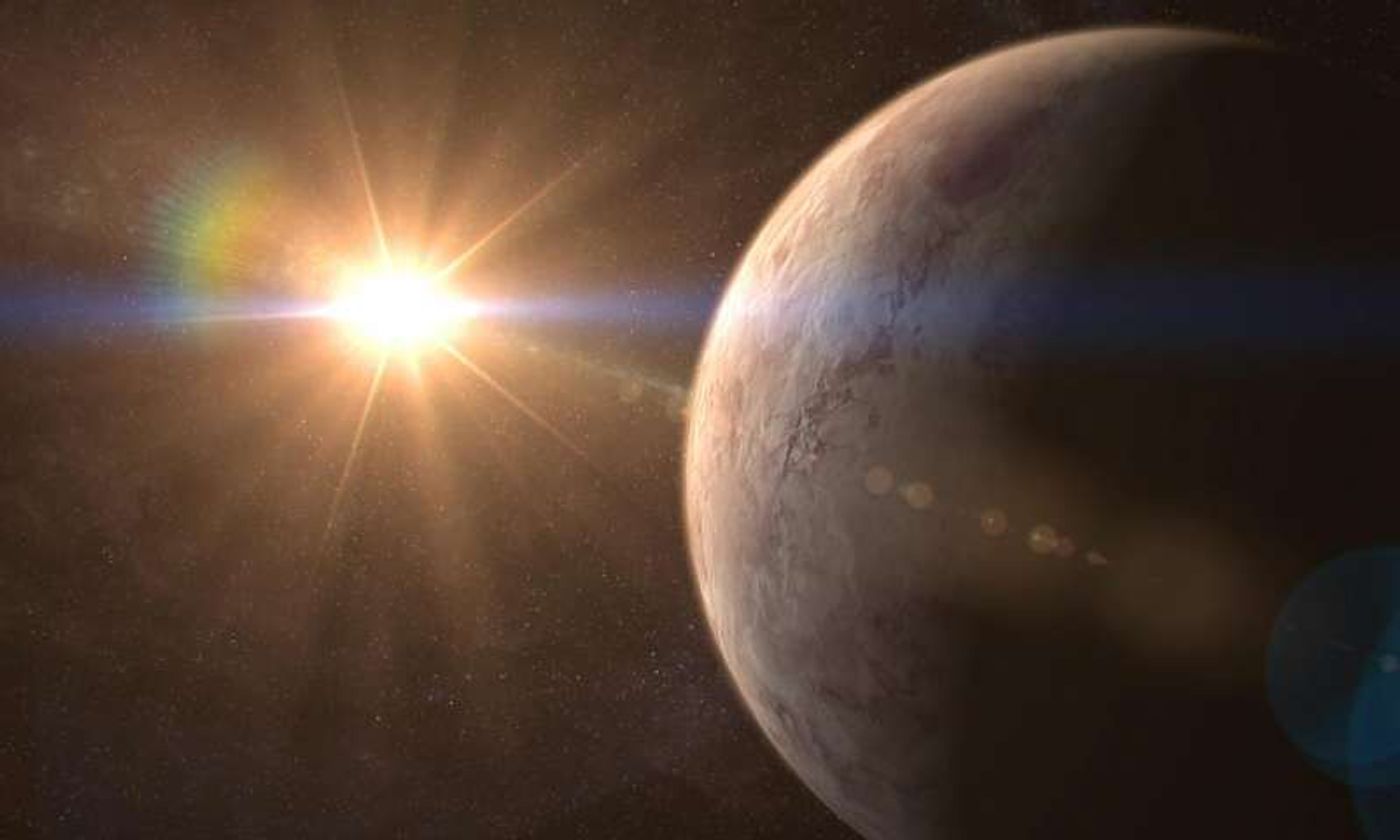Another Supermassive Earth-Like Exoplanet?
Astronomers are always looking for Earth-like exoplanets outside of our Solar System because they may hold the key ingredients to extraterrestrial life. They also potentially hold clues into how our own Solar System was formed.
It’s not exactly easy to study Earth-like exoplanets from other systems as far away as they are. Even our closest stellar neighbor, Proxima Centauri, has an Earth-like rocky exoplanet orbiting it and we can’t see it clearly because of the sheer distance it is from us. We do it for the sake of science.

Image Credit: Gabriel Pérez, SMM (IAC)
Astronomers made their most recent break when yet another super-sized Earth-like exoplanet some 32 light years away was discovered with the Geneva Observatory by researchers from the Instituto de Astrofísica de Canarias and the University of La Laguna. They’re calling it GJ 536 b and they estimate it’s around 5.4 times the mass of Earth.
Noted in the journal Astronomy & Astrophysics, the researchers explain that the exoplanet isn’t found in the star’s habitable zone, which unfortunately means it probably doesn’t support any forms of life.
On the other hand, it still has value in terms of observation because they say its particular position in relation to its host star, which is a cool red dwarf that’s even smaller than our own Sun, creates a certain kind of atmospheric condition that we could learn a lot from.
"So far, the only planet we have found is GJ 536 b, but we are continuing to monitor the star to see if we can find other companions," says Ph.D. student Alejandro Suárez Mascareño, the study’s lead author.
"Rocky planets are usually found in groups, especially around stars of this type, and we are pretty sure that we can find other low-mass planets in orbits further from the star, with periods from 100 days up to a few years. We are preparing a program of monitoring for transits of this new exoplanet to determine its radius and mean density."
It’ll be particularly interesting to see if any more data about the system can be uncovered, particularly if there are any other Earth-like planets orbiting the star, such as within the habitable zone where life can exist.
Source: Phys.org








